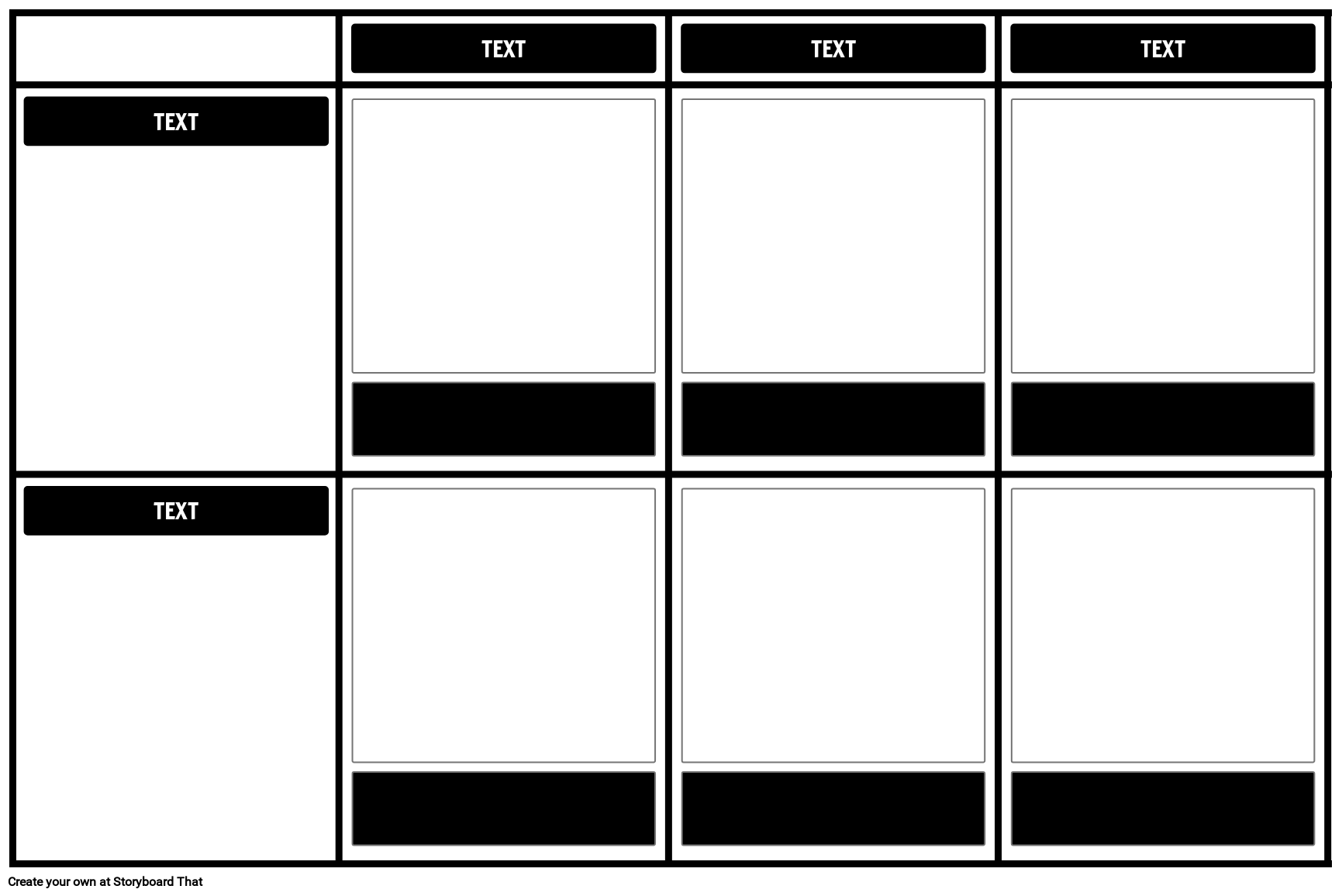Activity Overview
Valuable aspects of any literary work are its themes, symbols, and motifs. Part of the Common Core ELA standards is to introduce and explain these complex concepts. However, abstract ideas are often difficult for students to understand without assistance. Using a storyboard, students can visually demonstrate their understanding of these concepts, and master analysis of literary elements.
In this activity, students can chose a symbol from the poem and depict what they think it represents using a storyboard.
Wings
In this poem, wings symbolize a person's abilities.
- In the first stanza, they keep their wings by their side. The person doesn't think they can succeed.
- In the third stanza, the wings are open and ready for flight. The person realizes their potential.
Template and Class Instructions
(These instructions are completely customizable. After clicking "Copy Activity", update the instructions on the Edit Tab of the assignment.)
Student Instructions
Identify examples of symbols in the poem.
- Click "Start Assignment".
- Write the symbol in the heading.
- Explain the symbolism in the description.
- Add illustrations using appropriate scenes, characters, and items.
- Save and Exit
Lesson Plan Reference
- [ELA-Literacy/RL/3/1] Ask and answer questions to demonstrate understanding of a text, referring explicitly to the text as the basis for the answers.
- [ELA-Literacy/RL/3/5] Refer to parts of stories, dramas, and poems when writing or speaking about a text, using terms such as chapter, scene, and stanza; describe how each successive part builds on earlier sections.
Rubric
(You can also create your own on Quick Rubric.)
| Proficient | Emerging | Beginning | |
|---|---|---|---|
| Identification of Theme, Symbol, or Motif | The idea or object is correctly identified as an important theme, symbol, or motif in the story. | The idea or object is correctly identified as important, but is mislabeled as theme, symbol, or motif. | The idea or object is not significant to the story. |
| Example and Description | The example supports the identified theme, symbol, or motif. Description clearly says why example is significant. | Most examples fit the identified theme, symbol, or motif. Description lacks significance to story. | Example does not fit the identified theme, symbol, or motif. Descriptions is unclear. |
| Depiction | Storyboard cell clearly shows connection with the theme, symbol, or motif and helps with understanding. | Storyboard cell shows the theme, symbol, or motif, but some part is difficult to understand. | Storyboard cell does not help in understanding the theme, symbol, or motif. |
More Storyboard That Activities
Your World
© 2024 - Clever Prototypes, LLC - All rights reserved.
StoryboardThat is a trademark of Clever Prototypes, LLC, and Registered in U.S. Patent and Trademark Office








